How to Convert From Unix Epoch to the Date in PostgreSQL
-
What Is Unix
Epoch -
Convert From Unix
Epochto the Date in PostgreSQL -
EpochFrom Current Time -
Get Date and Time From
Epoch -
the
to_timestamp()Function - the Timestamp With Time Zone Approach
- Conclusion
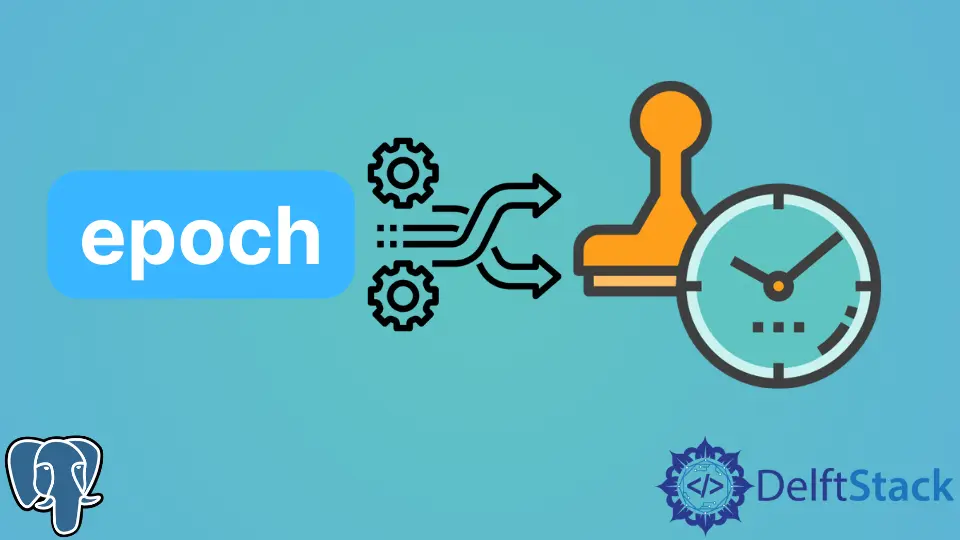
PostgreSQL offers numerous date and time functions for users. These functions and operators are specially designed to help the user with dynamic calculations.
Date and time functions are one of the most used functions in software and applications.
For instance, a simple age calculation of the user requires a date and time function at the back end to perform all the required calculations.
The current date is compared with the user’s birth date to calculate the age. Several other applications require the use of date and time functions and operators.
This article has been specially curated to help you calculate the Unix epoch date.
What Is Unix Epoch
Before moving on with the article, it is necessary to clarify what Unix Epoch is. The Unix time is a system in computing that is used to describe a point in time.
It’s the number of seconds that have passed since the Unix Epoch. However, this time system does not count leap seconds.
It returns the numbers of seconds, excluding leap seconds that have elapsed since the Unix Epoch.
The question remains, what is the Unix Epoch? Unix Epoch is a fixed date and time: January 1st, 1970, at 00:00:00 UTC.
The engineers arbitrarily set the Unix Epoch to coordinate and set a uniform date for the start of time. In other words, it helps to coordinate the date and time across the world since the number of seconds elapsed from the Unix Epoch date remains the same for a particular time worldwide.
Convert From Unix Epoch to the Date in PostgreSQL
There are numerous methods to get the current date in PostgreSQL. Before moving on to the SQL statement and function used to convert the Unix Epoch to the current date, the following describes a few necessary SQL statements in detail.
How to Get the Current Time
If you want to get the date from the Unix Epoch, it is essential to understand how to get the current time in PostgreSQL. The current time can then be used to calculate the date.
The following statement is used in PostgreSQL to get the current time.
SELECT now();
The function now() is used in PostgreSQL to get the current time. It returns the timestamp, which is used to calculate the date later.
The result of the following query is as follows:
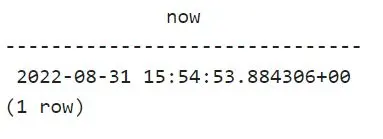
Epoch From Current Time
Unix Epoch has been described in the section above in detail. The following statement can be used to calculate the number of seconds elapsed from Unix Epoch.
SELECT EXTRACT(epoch from now());
The SQL query can be executed in PostgreSQL to get the number of seconds passed since the Unix Epoch. The now() function has been used to get the current time along with the epoch in the SQL statement.
The result of the following query is as follows:
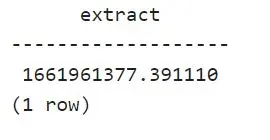
Get Date and Time From Epoch
The EXTRACT SQL statement, along with epoch and now(), returns the number of seconds elapsed from the Unix Epoch. However, what should be done if you want to get the date and time from the Epoch?
You can use two methods to get the date and time from the Epoch.
- The
to_timestamp()function - The timestamp with the time zone approach
Both of these procedures are described below.
the to_timestamp() Function
The to_timestamp() function can be used along with epoch and now() to get the date and time from the Unix Epoch.
The to_timestamp() function takes a double precision argument. It converts Unix Epoch to timestamp with timezone.
Get Date and Time Using the to_timestamp() Function
The following statement can be executed in PostgreSQL to get the date and time from the Epoch.
SELECT to_timestamp(extract(epoch from now()));
The query result is as follows:
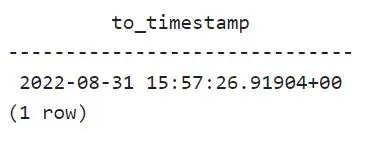
Get Date From Epoch Using the to_timestamp() Function
If you are interested in only getting the date from the Epoch, you can use the to_timestamp() function with a slightly different approach. The following statement depicts how to get the date from the epoch using the to_timestamp() function.
SELECT to_timestamp(extract(epoch from now()))::date;
This query only returns the date from the Unix epoch. The result of the query is below.
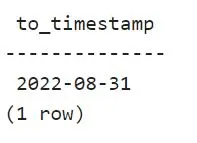
the Timestamp With Time Zone Approach
The second approach that can be used to convert the Unix Epoch to date or time is using the "timestamp with time zone" approach. It performs the same function as the to_timestamp() function.
This approach is an alternative to the to_timestamp() function. If one approach does not work, you can follow the other approach to get the work done.
Get Date and Time Using Timestamp Approach
The following statement can be executed to get the date and time from Unix Epoch.
SELECT timestamp with time zone 'epoch' + extract(epoch from now()) * interval '1 second';
This approach adds seconds to the epoch. It returns the date and time from the Unix Epoch.
The result of the query is as follows:
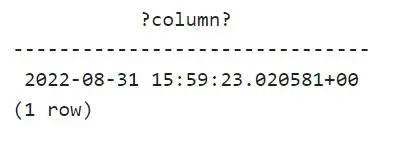
Get Date From Epoch Using Timestamp Approach
If you are interested in only getting the date from the Epoch, the timestamp approach can be altered slightly differently to receive the required output.
The following statement performs the task.
SELECT (timestamp with time zone 'epoch' + extract(epoch from now()) * interval '1 second') :: date;
The statement returns only the date from the Epoch. Therefore, this statement can be used if you do not want the time along with the date.
Or, as mentioned in the section above, a similar statement with the to_timestamp() function can be used.
The result of the query is as follows:
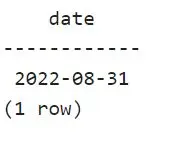
Conclusion
Numerous date and time functions in PostgreSQL help the user with different calculations.
The to_timestamp() function and the "timestamp with time zone" approach were used for this article to get the date and time from the epoch. Every step has been explained in detail for the user to follow.
Hello, I am Bilal, a research enthusiast who tends to break and make code from scratch. I dwell deep into the latest issues faced by the developer community and provide answers and different solutions. Apart from that, I am just another normal developer with a laptop, a mug of coffee, some biscuits and a thick spectacle!
GitHub